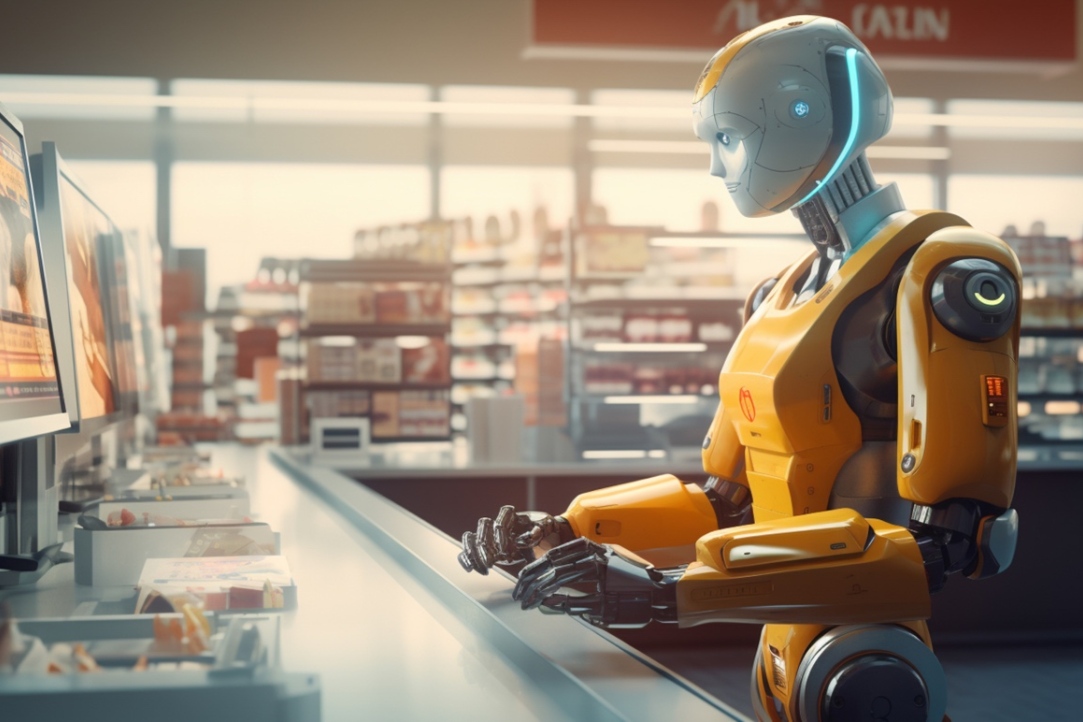The labor market and automation and robotics technologies

For reference: This series of trendsetters continues the practice of publishing reviews of global technological trends since 2014 and presents a unique database of global trends and challenges in the field of human development. This research of the HSE ISSEK is based on the results of iFORA Big Data System, the Delphi survey (with the participation of more than 400 leading foreign and Russian scientists), expert sessions and interviews.
Experts note that the increased demand for automation of routine tasks, the constant search for ways to improve the efficiency of the labor process and the overall reduction of costs contribute to the introduction of systems based on artificial intelligence technologies. The global robotics market is expected to grow to $225.6 billion by 2030 ($88.2 billion in 2022).
This phenomenon can not only contribute to the emergence of new opportunities for specialists in the labor market, such as increasing the productivity of their professional activities and strengthening their cognitive and physical abilities, but also provoke a number of negative consequences. Thus, this trend contributes to both the disappearance of old professions and the change in the functionality of existing ones: the need to master AI skills is growing, while at the same time the number of jobs in innovative industries is increasing.
In the social sphere, the development of automation and robotics technologies can have long-term negative consequences for further employment and well-being of people. It is for this reason that one of the tasks of social policy is to implement measures to ensure the interests of a change-sensitive part of the population, which could potentially suffer from the introduction of innovations.
It is also worth noting that despite the increased interest in the field of digital technologies, companies are in no hurry to invest in such projects because of their long payback period and novelty. Another obstacle to the development of automation and robotics technologies is the lack of not only a technological, but also a legislative framework. Currently, the widest set of rules applicable to artificial intelligence technologies is in force in the PRC: there is an ethical code that must be integrated into the life cycle of each intelligent system, as well as labeling of content created by AI.
The new issue of trendletter (Russian version) is available at thelink.
Previous issues of trendletters can be found here.